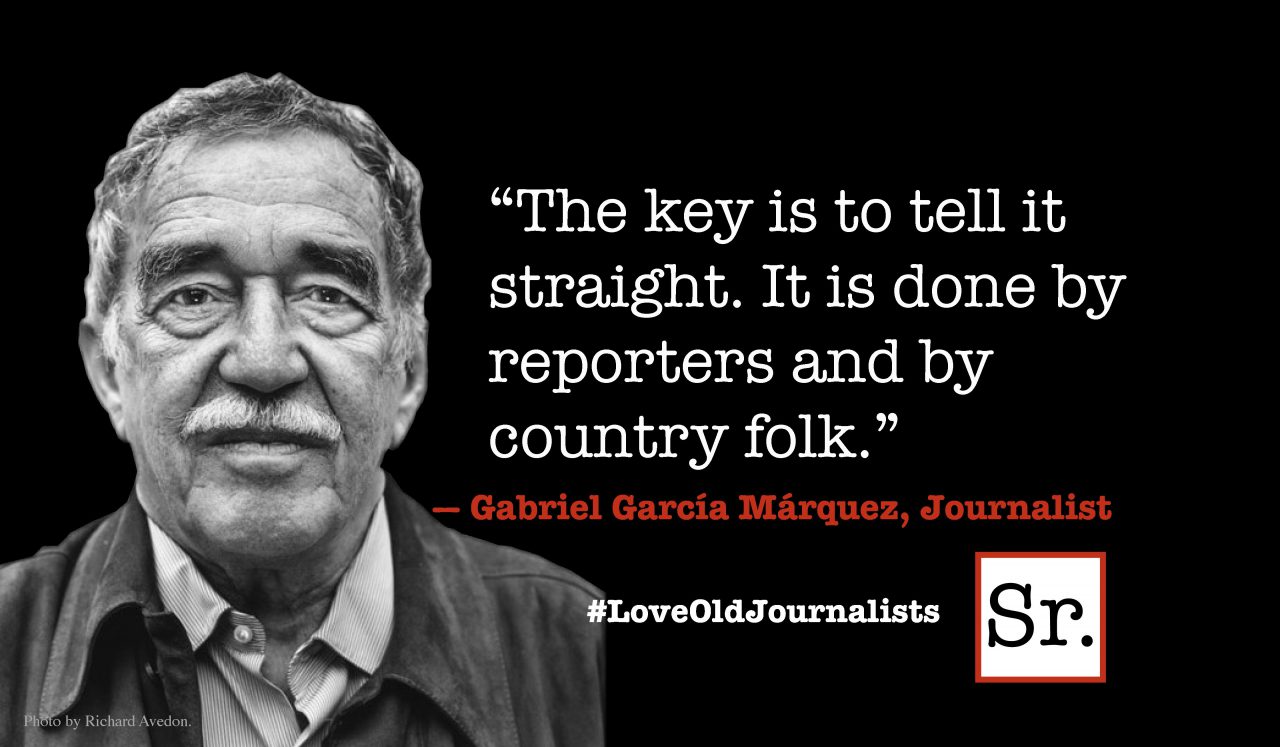I didn’t realize it at the outset, but blogging has provided a wonderful opportunity for me to ponder and reflect on the most valued (but often neglected) principles of business. When I was on the ‘hot seat’ and in the line of fire as a CEO, I constantly dealt with pressing day-to-day issues such as bringing in the quarter, forecasting erratic commodity markets, reacting to predatory pricing, and stressing over sales shortfalls and excess inventory. Suffice to say, most of the issues were short-term and operational rather than strategic. No matter what a company’s product or service, this is not a business anomaly. Squeaky wheels get the grease.
Fortunately for me, I grew up in strategic environments and I learned to balance operational challenges with strategic opportunity. Many senior managers haven’t the foggiest idea how to do this. These are the folks who don’t know the difference between strategy and tactics — those who view strategy as a needless constraint. They want to leave their options open, unknowingly falling into a spiral of inconsistent decision-making and endless debate over solutions to short-term problems. No matter how often you preach the value of narrowing market scope or reducing the product line or the number of stock-keeping units, they remain unconvinced.
Ironically, sticking to a well-conceived strategy makes decisions easy. Many have never lived through strategy’s positive effects. Some don’t understand strategy, or lack the confidence to be bound by one. Confidence (or lack thereof) is easy to spot. I was once asked to help craft the corporate strategy for a company engaged in so many businesses that the enterprise was incapable of excelling in any of them. When I proposed divesting a couple of them, the CEO was horrified. “You have to understand,” he said. “The reason for all those fingers in the pie is because we don’t want to miss an opportunity.” As you might imagine, I didn’t have much luck convincing him that his “all things to all people” approach restricts opportunity. Ten years later, the company was in receivership.
I recognize that there are many people in leadership positions who desperately want to be more strategic. I also know that sticking to strategy isn’t always easy to do, especially when the heat is on. If this describes you, the trick is to discipline yourself to think strategically, and find the courage of your convictions. Ultimately, the less pressure you feel from day-to-day issues, the better the opportunity to think and act strategically. Here’s some of the ways I was able to deflect pressure:
1. Manage the Future. This is at the heart of good strategic planning. Instead of reacting to the future, develop a strategy that defines the future based on your actions.
2. Be Proactive. Lead the market with a strategic initiative. If the move impacts the market positively, your competitors will be the ones reacting. Ultimate success comes from establishing new rules to the competitive game.
3. Plan for Rainy Days. The rainy day fund or an optional source of new revenue can offset tough times that compromise the strategy. The trick is to define a rainy day plan that strengthens the balance sheet.
4. Manage Expectations. This isn’t budget sandbagging; it is prudent management. Set a growth agenda, but make sure it is achievable.
5. Accept the fact that Strategy takes Courage. Without courage you will always “fold” when the going gets tough.









